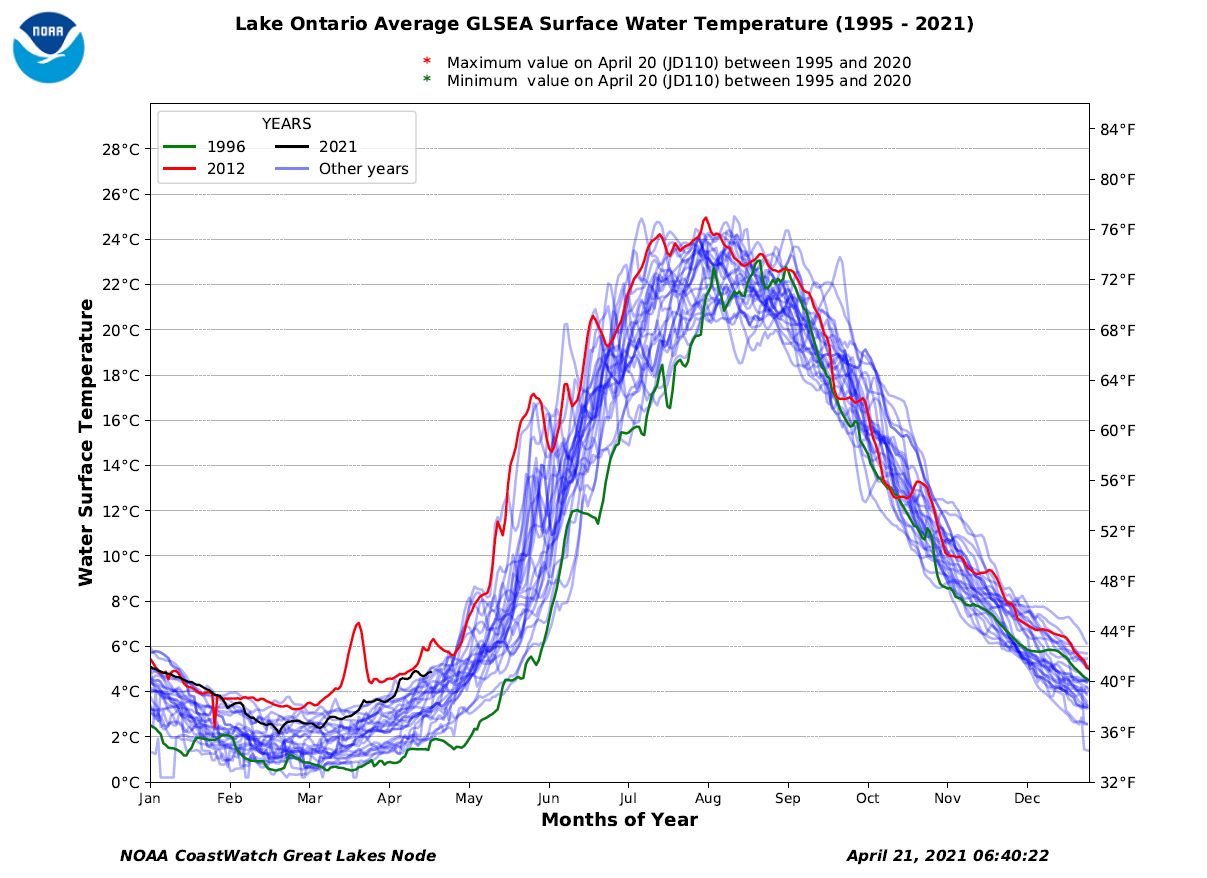With the spring season comes warmer weather. Boats begin to come out of storage and if it's warm enough, you may even consider heading to your favorite swimming hole. But not so fast!
At water temperatures below 50 degrees, a person can become immediately incapacitated upon getting in the water.
This is partly due to the body's physical response to such a situation. Uncontrolled rapid breathing and gasping for air can cause a person to inhale water, which can lead to drowning.
A sudden increase in heart rate and blood pressure can cause heart failure or stroke.
Fear and panic also play a role, impairing your ability to think clearly. The onset of hypothermia only magnifies mental confusion.
At water temperatures below 60 degrees, physical incapacitation occurs in just 10 minutes. This includes the inability to control your arms, legs, hands and feet.
Under these circumstances, it would extremely difficult to perform a self-rescue.
At water temperatures below 60 degrees, survival time is as short as 60 minutes.
A life vest is your best bet for staying afloat if you enter cold water.
It's also recommended that you dress for the water temperature and not the air temperature, meaning something like a wet suit or dry suit.
Also, know before you go! On average, the surface water temperature of Lake Ontario doesn't climb above 60 degrees until June.
The warmest water temperatures are typically observed in August, peaking somewhere in the low to mid-70s.

Don't let cold water come as a shock to you this spring and enjoy the beautiful waterways New York State has to offer–safely.



